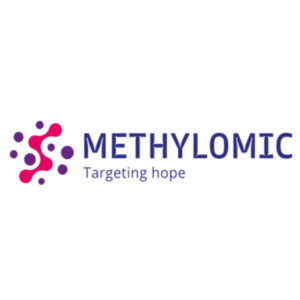 \
&
Contact us
\
&
Contact us
 \
&
Contact us
\
&
Contact us
Published on | 1 year ago
Programmes Digital, Industry & SpaceIf you are preparing a proposal for either
then please make sure that you use the correct version of the Part B template, now available in the submission system, before proceeding with the drafting of your proposal. Because there was a mix-up in the original publication of the documents 4 weeks ago.
We offer news and event updates, covering all domains and topics of Horizon Europe, Digital Europe & EDF (and occasionally, for ongoing projects, Horizon 2020).
Stay informed about what matters to you.
By signing up, you can opt in for e-mail notifications and get access to
a personalised dashboard that groups all news updates and event announcements in your domain(s).
Only for stakeholders located in Flanders

The METHYLOMIC project, ‘targeting hope for personalised medicine in immune-mediated inflammatory diseases’ obtained funding from Horizon Europe’s Health Cluster. The project aims to personalise treatment allocation and enhance the effectiveness of medications for chronic immune-mediated diseases such as Crohn’s disease, rheumatoid arthritis, and psoriasis. BIRD, the Belgian inflammatory bowel disease research and development group, is a partner in the project and is involved in the OmiCrohn trial, a prospective randomised clinical trial for individualised therapy in Crohn’s disease patients. With BIRD’s active role in this trial, the project is set to deliver predictive, biomarker-based therapies that bring renewed hope for Crohn’s disease patients across Europe.